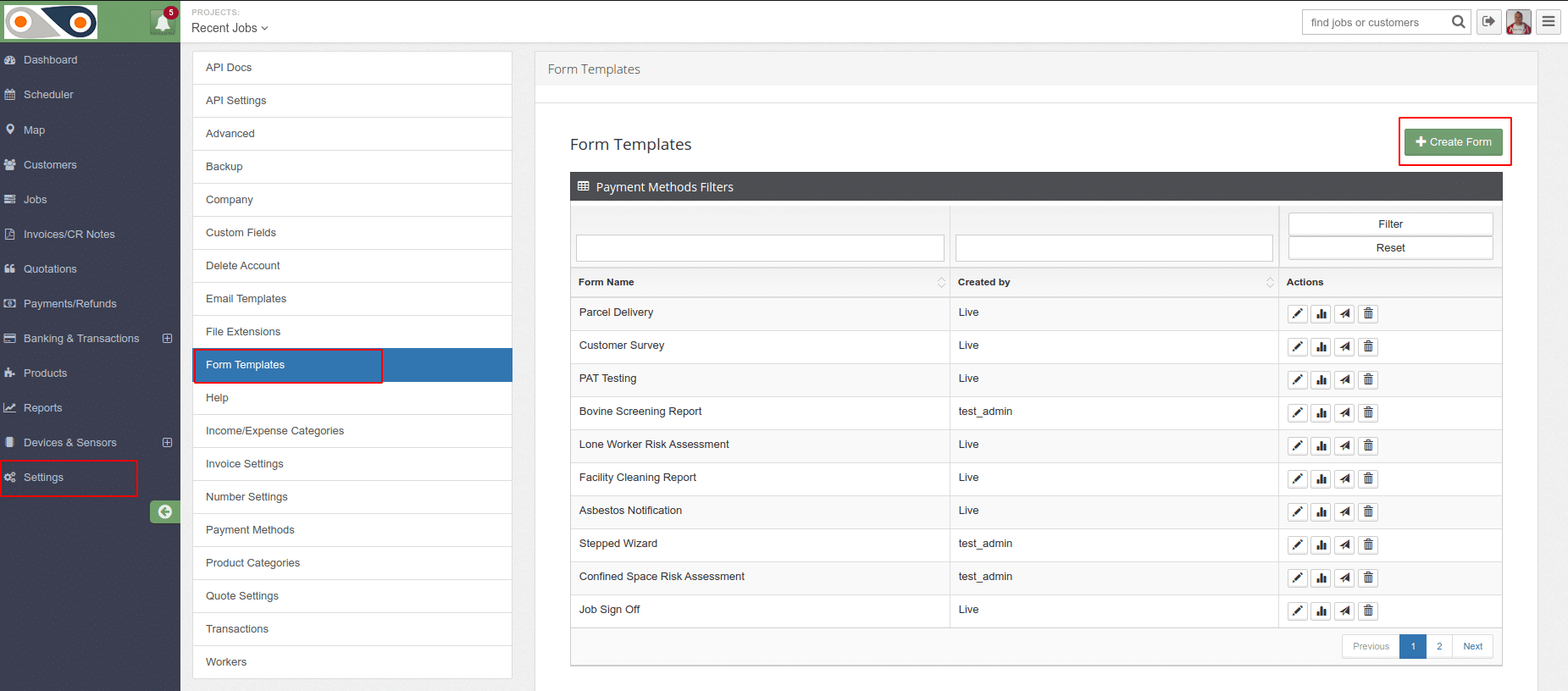The UK?s ESOS energy saving program stands for ?Energy Savings Opportunity Scheme?. Its purpose is to reduce demand – and hence fossil-based pollution at both ends of the supply chain. It currently applies to large UK companies only. However its guidelines are also valuable input to smaller firms voluntarily going greener.
The program threshold is 250 employees and / or turnover or at least ?UK50 million. This affects approximately 9,000 UK firms, with others below the threshold wondering whether the government plans to lower it. In essence, ESOS requires that qualifying businesses complete comprehensive audits of energy use and opportunities at least every fourth year.
The plan is carrot and stick. Compliant companies will probably uncover significant savings when they stop and measure. They may even unearth carbon credits they can sometime exchange for cash. Reactionary firms who try to duck the issue will feel Her Majesty?s wrath through stiff penalties. In time, they may find it harder to attract investors. If ESOS affects your company, then the wise thing could be complying by the first deadline of 5 December 2015.
To do so, you must conduct an energy audit and report it to the UK Environment Agency. This comprises
- Measuring total energy use across processes, transport and facilities
- Pie charting 90% of this to identify areas that are energy intensive
- Singling out cost-effective energy-saving projects in high use areas
- Submitting your report to the Environment Agency ahead of the deadline
ecoVaro recommends affected companies do not leave this to the last minute. While having ISO 50001 may exempt some from ESOS, the regulations are far from straightforward and it will take months to reach complete clarification. We would like to suggest a more balanced approach.
ESOS is a wonderful incentive to save energy costs while contributing to a better future for the kids. The Energy Savings Opportunity Scheme is precisely that. The cost of energy has crept up on us to the extent that we have to do something, government or no government.
Measuring energy consumption is as simple as installing meters at critical points in the flow, and you probably have many of them anyway. Once you have your data you no longer have to crunch the numbers. ecoVaro can do this for you and return the result in the form of handy graphs and spreadsheets.


